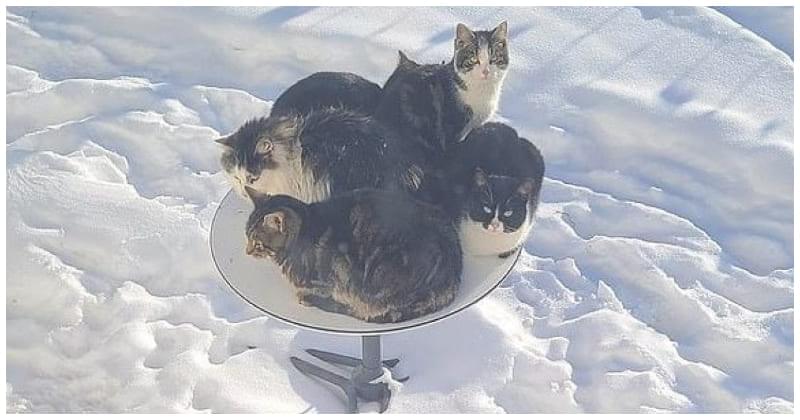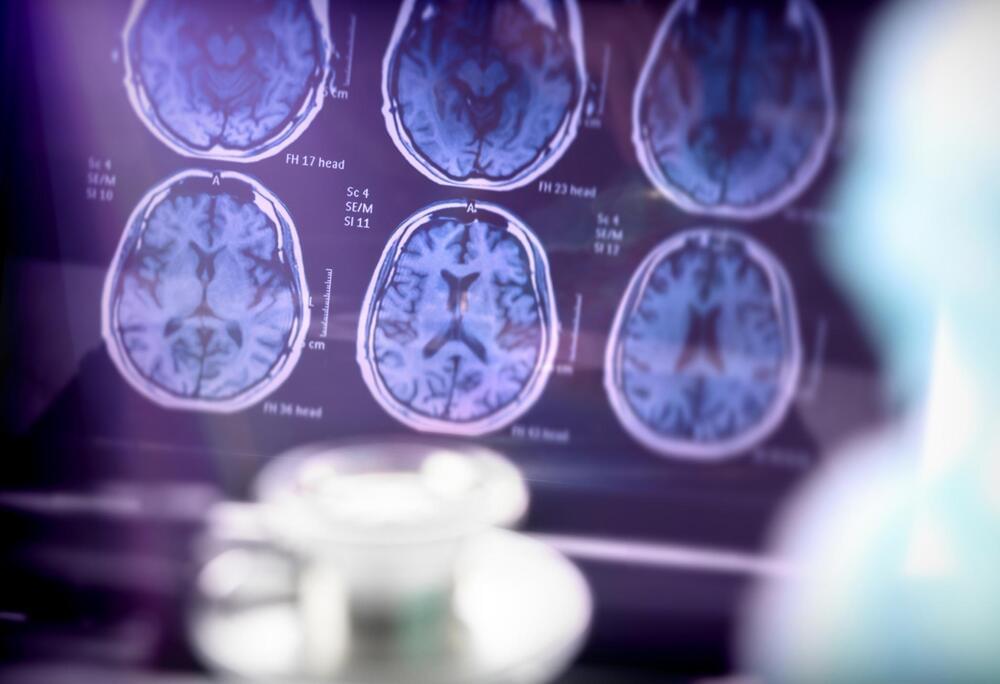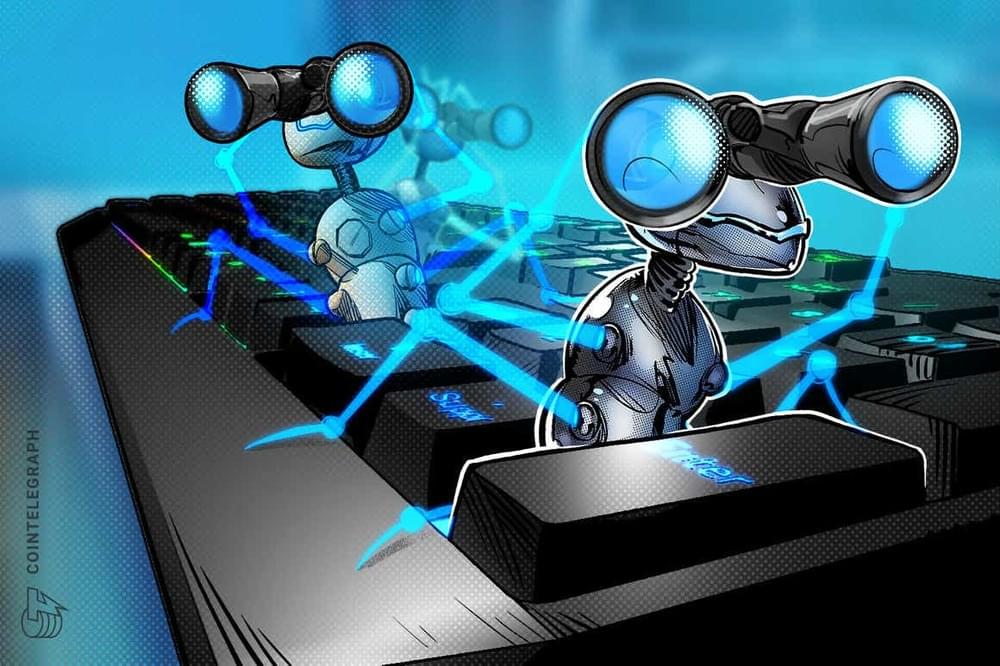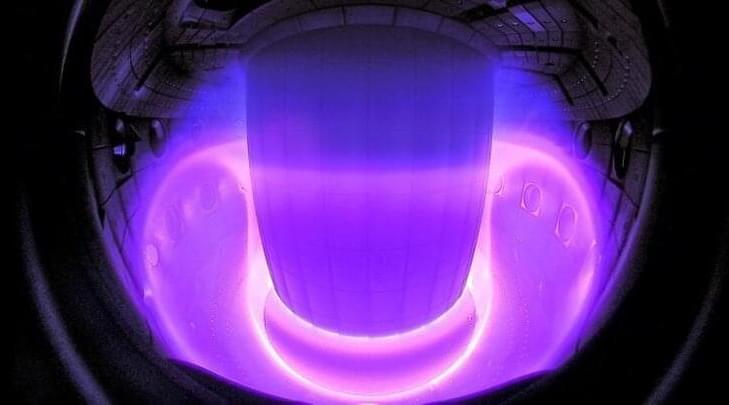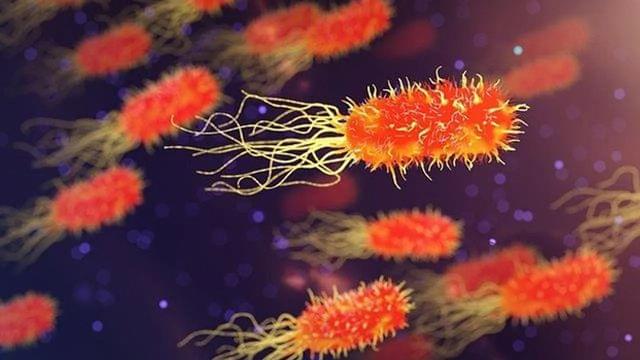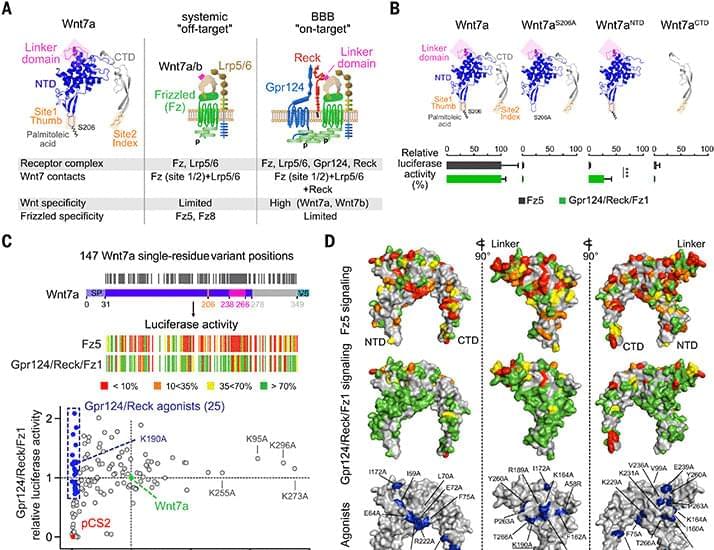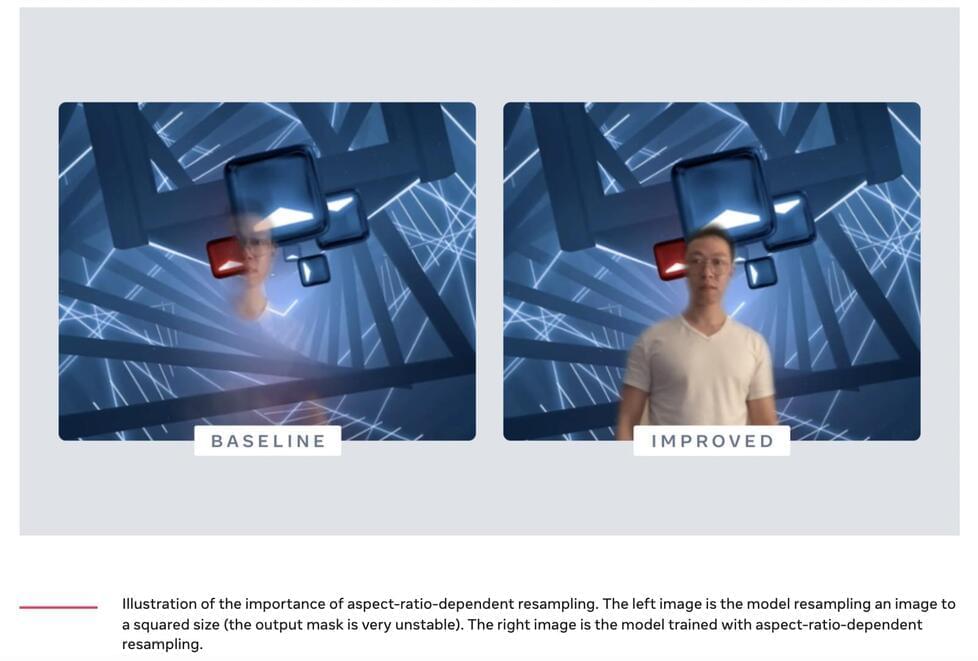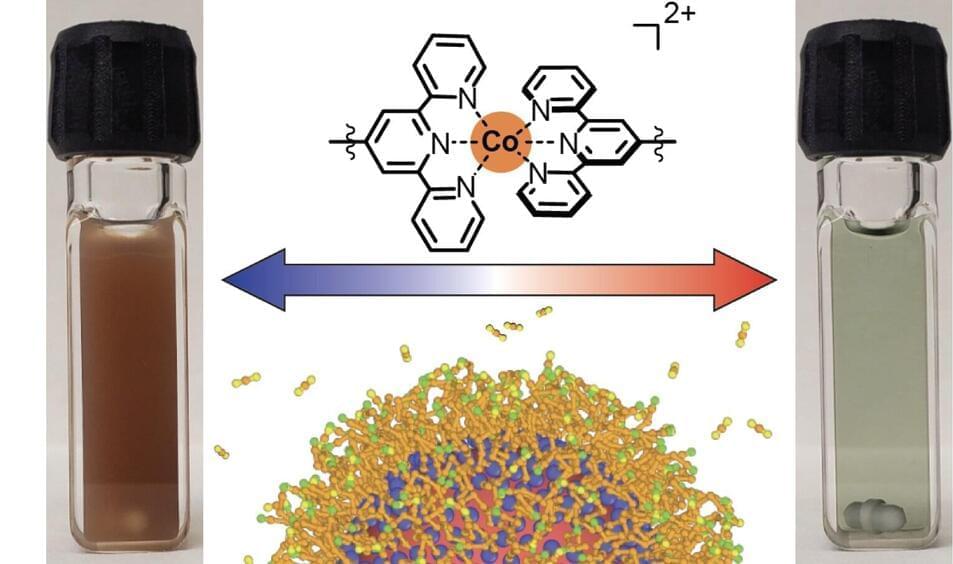To show how bad the chip shortage is, Nvidia just spent about $10 billion in bribes (prepayments) to get TSMC to build some chips for it!
Why it matters: Securing enough manufacturing capacity is going to be critical to the success of Nvidia’s RTX 4,000 GPUs, which are expected to land as soon as this summer. The RTX 3,000 series were regarded by gamers as paper launches, but the company is said to have paid through the nose so that wouldn’t be the case for its upcoming GPUs.
Back in November 2021, the rumor mill was abuzz with hints that Nvidia was planning to use TSMC’s 5nm process node for its upcoming GeForce RTX 4,000 series (Ada Lovelace) GPUs. These are widely expected to be significantly faster and more power-hungry when compared to the current Ampere lineup, but a much bigger issue for the Jensen Huang-powered company is securing enough manufacturing capacity.
According to a report from Hardware Times, Nvidia is prepared to pay dearly for the ability to meet growing demand for increasingly powerful graphics cards. Specifically, it may be offering up to $10 billion to TSMC for a significant chunk of its 5nm manufacturing capacity. Other companies tapping TSMC’s N5 process node are Bitmain, AMD, and Apple.
